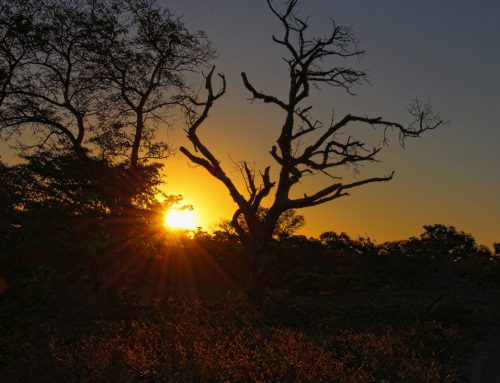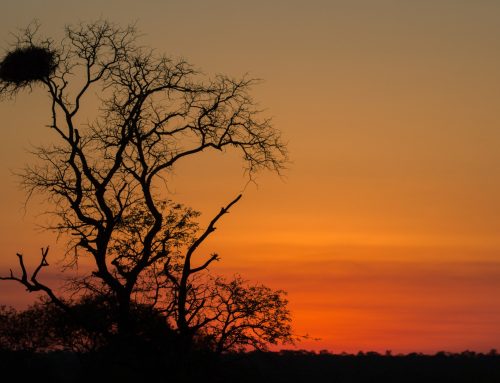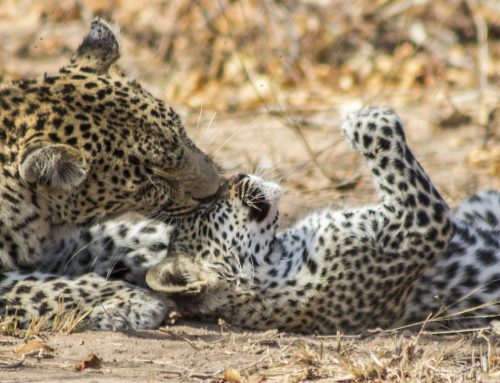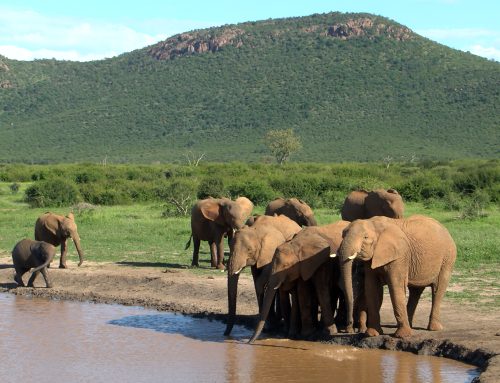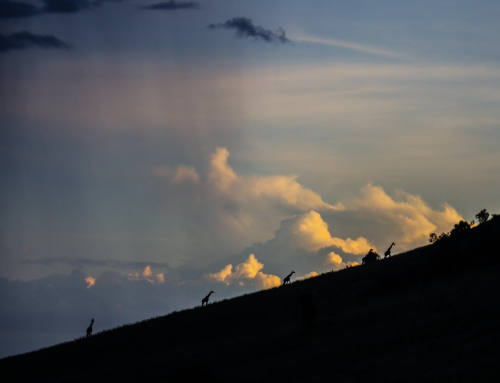Over the centuries fables have played a huge roll in education, entertainment and understanding how the natural world works. We as humans have created these stories to teach about pride, wisdom, love and kindness; imparting a sense of humanity and responsibility for our actions, not only for ourselves but for the world we inhabit.
There are none more prevalent and accurate than fables and stories about Tigers. For centuries we have told stories about how the Tiger got his stripes (man burning the Tiger to teach it not to come near or trust humans). Shere Khan, from the Jungle Book, is only afraid of two things in life: fire and man. For decades stories have been told about how man is destroying the Tiger and yet even though the words are spoken, it seemed that nothing was learned.
The tragedy we are currently facing in our day and age is that the tale of Tigers is not a folklore told at bedtime any longer. Unfortunately the story has already ended for three subspecies with the BALI, CASPIAN and JAVAN now extinct. With this in mind there are people who have listened intently to these passing tales and have decided to rewrite the saga; to reinstall the pride, kindness and humanity into these fables.
Project Tiger (projecttiger.nic.in) is a pioneer in this endeavour. Their main objective is to facilitate the breeding of Tigers in a safe environment for both Tiger and man. They have to date set up 25 Successful Tiger reserves in India where this can happen . This increases the number of Tigers that are able to inhabit wild untouched areas.
Another well established group ‘India Tiger’ (www.indiantiger.org) is focused on tourism and travel . Their aim to to improve the knowledge of not only the local people but also tourists about the plight of the Tiger. They do this by making ‘tourists aware of the issues, linking commercial tourist activities with various conservation programmes, providing support for local communities and managing natural resources in the most responsible ways’
A third and by no means least is the ‘Panthera Organisation’ (www.panthera.org/cat/tiger) . Panthera is a group that WE are very aware of and partake in with our own Wild Cats in the Sabi Sands. Panthera is a relatively new organisation, having been established in 2006. It is a wild cat conservation programmes the world over. Some of the most effective and well-known projects include the Tigers Forever Programme and the Himalayan Tiger Corridor. WE are very proud that WE are able to work with Panthera and start moving into a positive direction with concerns to conservation of Wild Cats.
These three organisations , amongst a plethora of others are Celebrating International Tiger Day (http://tigerday.org/) on the July 29. The day aims to bring awareness to the conservation of Tigers living in the wild and thus increase their numbers.
WE are committed to taking responsibility for our actions and creating awareness. WE believe in conservation of all animals even if they are not in our traverse areas. WE would like to one day see these incredible strong stripes roaming in the wild, sharing their stories live, rather than have to tell stories of a legend that once was. On July 29th WE will not only be celebrating Tigers but all endangered species as well as the conservation efforts that are being made throughout the world. Remember, the first step is creating awareness and promoting understanding and education – WE implore everyone to do the same.
Let us not endeavour to make Shere Khan, Red Tiger, Tigger and Vitaly completely fictional characters, becoming mere myths and memories – faded burnt orange and black fables. Rather , let us build on the fables where we see the Tiger live strong , wild and treasured.

